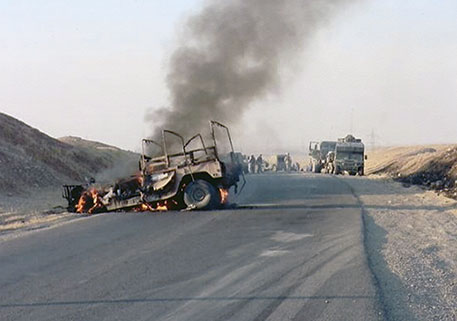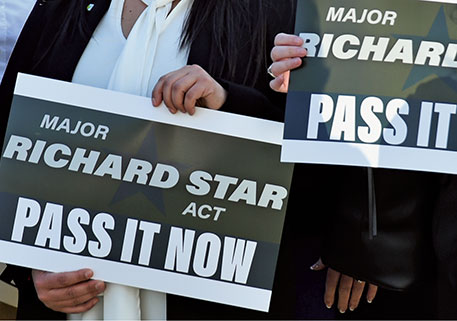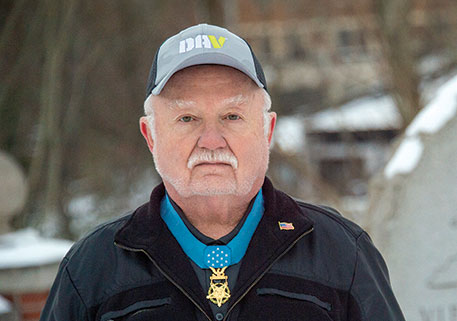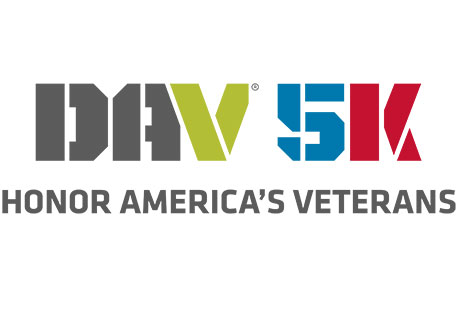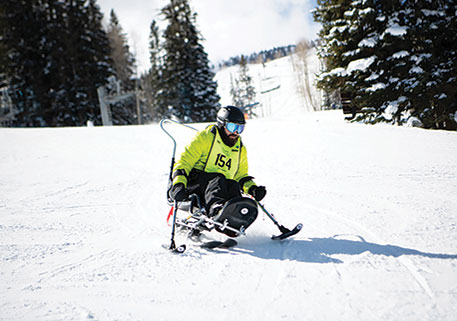The following recommendations are outlined as operational considerations for VAVS offices during such time as precautionary actions being put in place as part of VA’s response to the current COVID-19 crisis.
- Involve the Voluntary Service Officer as part of Incident Command Teams.
- The current restrictions for Community Living Centers (CLCs) does not specifically identify ‘volunteers’ in the visitation limitations; however, Volunteer engagement should be restricted in these areas, as well.
- Prepare a Continuity of Operations (COOP) for VAVS, to include identification of essential volunteer assignments based on strategic need.
- Personally contact those volunteers considered essential and the parameters of the role (if change is necessary during this time).
- Notify volunteers of required screening procedures upon entering the facility.
- Consider the need for any periodic physical screening or personal query of the volunteer to monitor ongoing fitness for volunteer duty.
- Personally contact those volunteers being asked to temporarily suspend their roles.
- Personally contact those volunteers considered essential and the parameters of the role (if change is necessary during this time).
- Compile contact lists of all volunteers to maintain periodic and routine communication (email/newsletters) during extended periods of absence, include CDC guidelines and approved VA fact sheets and communications relevant to volunteers. NOTE: All materials must be reviewed and approved through facility PAO, following facility-level clearance guidelines. Additionally, materials should be sent to VHA Communications and VACO VAVS for awareness and document tracking. OPIA will be notified for awareness.
- Postpone/reschedule large gatherings and events, including volunteer recognition banquets, diversional group activities within the facility and off-site recreation outings.
- Identify current schedule of events through 30/60/90 days.
- Notify organizations to cancel/reschedule activities.
- Consider alternatives for VAVS Committee Meetings, including teleconferencing and SKYPE.
- Suspend volunteer on-boarding to minimize new individuals entering the environment at this time.
- Incorporate messaging on facility web page to notify potential volunteers to contact VAVS prior to visiting the facility to inquire about volunteer service.
- VAVS, in collaboration with Recreation Therapy Service, should determine needs for leisure or recreation items for patients that may require use of General Post Funds or other resources, as available.
- Consult VAVS VISN Liaison for additional guidance.
- The following specific guidance is recommended for the Volunteer Transportation Network (VTN) Program and drivers.
- Limit number of passengers to 4 to minimize close contact.
- Daily, all scheduled passengers (Veterans/caregiver escorts) should be called prior to pick up with screening questions to ensure that they are currently asymptomatic. If Veteran/caregiver escort answers “yes” to any of the pre-screening questions, they will be asked to call their scheduled physician/provider and will not be transported using VTN services.
- Passengers will be notified that they may be subject to additional screening once they arrive at the facility.
- Drivers will be notified of changes in designated entries to the facility.
- Drivers will be required to disinfect surfaces between trips.
- Facility should ensure an adequate supply of disinfectant wipes, hand sanitizer, and masks.
- Consider routine check or observation of these drivers through employee health or other means to ensure their ongoing fitness for volunteer service given their frequent and high-volume contact with patients during this period.
- Fact Sheets and other approved COVID-19 materials for Veterans should be readily available in the vehicles, should questions arise about the current situation.
- Drivers are urged not to offer guidance or information related to VA’s response to COVID-19.
- VAVS should monitor and maintain any concerns/issues that may arise during transports daily to assess any necessary changes, training, or communication to ensure safe operations of the VTN program.

